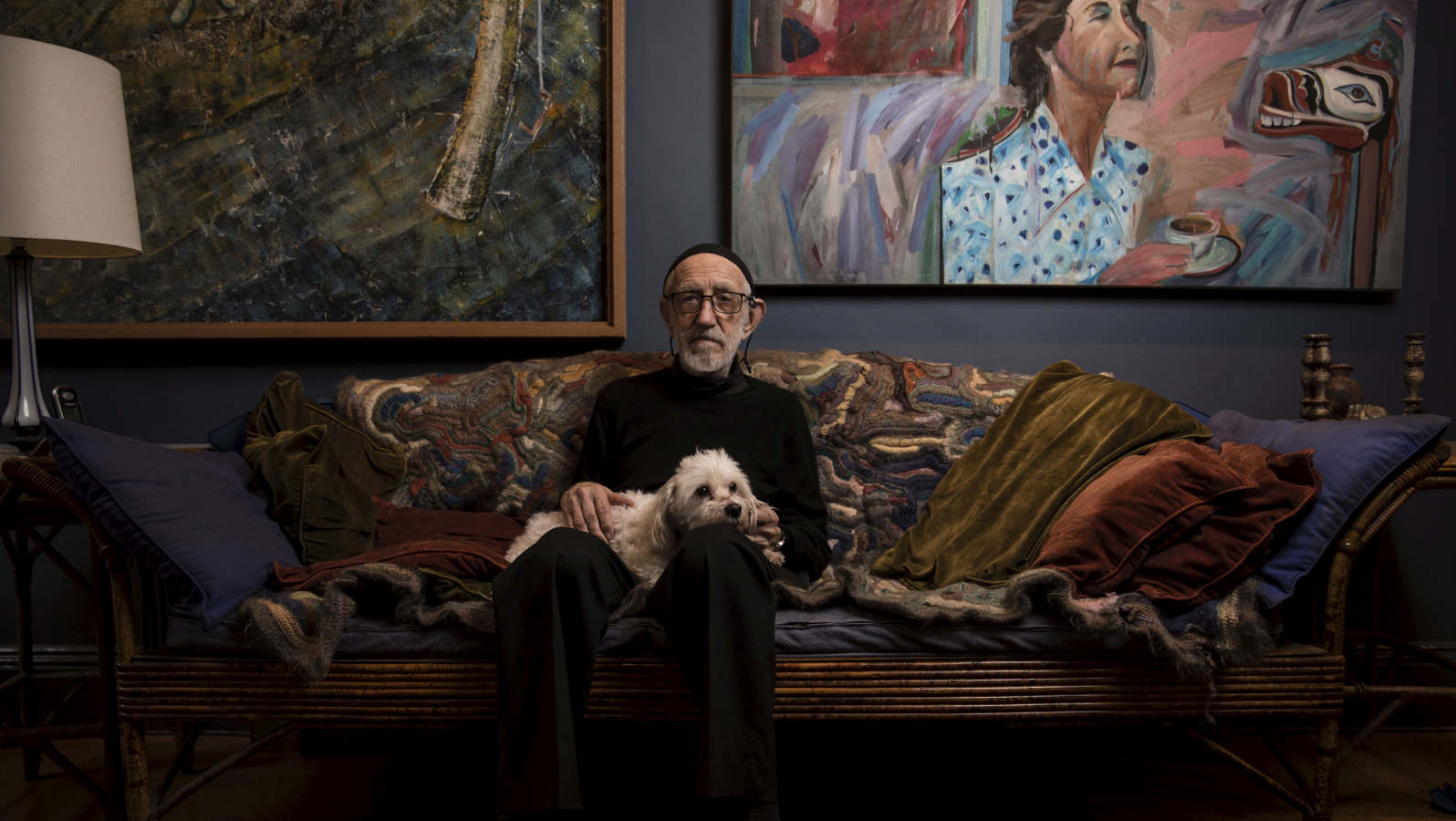Art world mourns Frank Watters, one of a kind
by Steve MeachamThe night before he died, Frank Watters was surrounded by his closest friends at the rural retreat he had largely built himself on a hillside outside Cassilis, in central NSW.
“Frank said ‘I feel like a glass of red wine’,” says his long-term business partner, Geoffrey Legge. “Frank always had plenty of wine wherever he lived. He sipped once or twice, then put the glass down. The rest of us drank to his health.”

The next morning, Watters — arguably the most influential Australian gallerist of his generation — was found dead, aged 86. His death was hardly unexpected. He had been frail long before the eponymous Watters Gallery — which he founded in 1964 with lifelong friends Geoffrey and Alexandra Legge in one of Sydney’s most notorious red light districts — shut its doors in 2018.
Watters was unique. Arguably, Australian culture may never again see his like. Born in working-class Muswellbrook in 1934 and briefly a Hunter Valley coal miner, Watters moved to Sydney in his 20s to become one of most influential discoverers of Australian artistic talent of his generation.
James Gleeson, Robert Klippel, Tony Tuckson, John Peart, Richard Larter, Garry Shead and Euan Macleod among many others respected Watters’ verdict on their latest creations knowing it would be delivered, bluntly, without malice or a view to future sales.
“The arts scene is a tough world, and it has always been difficult to survive in it, particularly in Australia,” says Christopher Hodges, founder of Utopia Galleries. “That the Watters Gallery flourished for over 50 years is an historic achievement.”
Perhaps it helped that Watters was his own harshest critic. By his own admission, Watters couldn’t have made a living as a painter. He rarely showed his own works, but did so for an interview with the Sydney Morning Herald in 2018.
“He’s a Queer!” resided where it always had, turned permanently to the wall of his bedroom in the rooftop apartment above the Watters Gallery in East Sydney. Watters explained he had painted it when he moved to Sydney, leaving the Hunter Valley coal fields for an abrupt career change in fine art — and a better chance of living his life honestly as a gay man.
There will be no funeral, no oration — though his circle of friends includes former prime ministers, prize-winning authors and Australia’s arts elite. Watters’ ashes will be scattered by the person nominated in his will. By coincidence, his beloved dog, Teddy, died a month before he did.